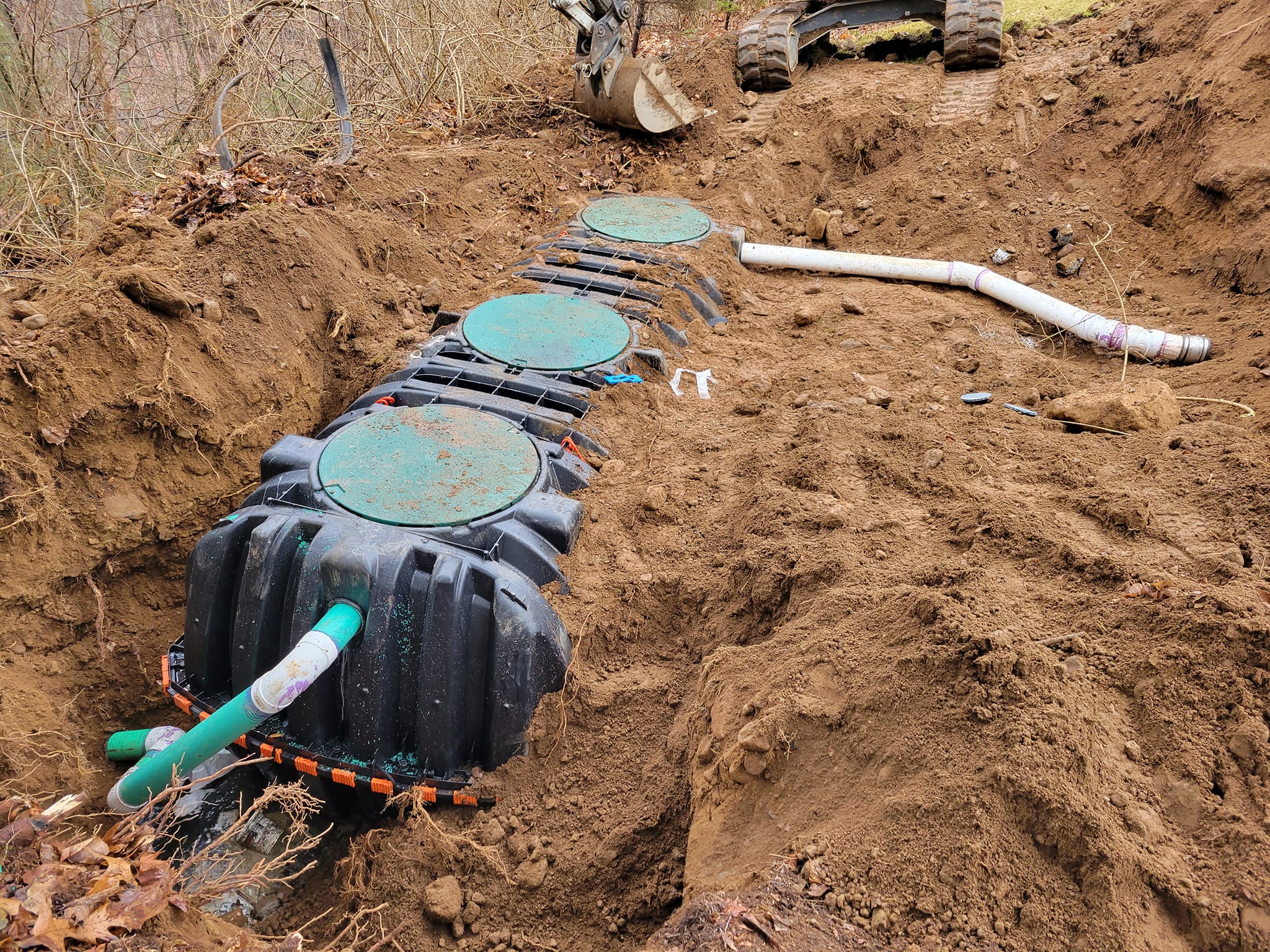
Top Tips for Preparing Your Property for Septic Tank Installation May 18, 2025
Septic tank installation begins with understanding the specific requirements of your property. It's vital to start with a comprehensive plan that includes identifying the best location for the septic tank. This location should be easily accessible for future maintenance and pumping services. When selecting a site, consider factors such as soil quality, proximity to water sources, and local regulations, which might dictate specific constraints related to septic tank placements.
Before installation can commence, it is critical to verify any local permits needed for the work. Obtaining the necessary licenses ensures that your septic tank installation complies with regional health and safety regulations. Permits can vary by location, so consulting with local authorities or a professional septic service provider like Nick's Septic And Excavation can save you time and potential penalties.
Once the site is selected and permits are in place, evaluate the landscape of your property. Clearing the area of large rocks, tree stumps, and other debris is essential to create an unobstructed space for the excavation process. Heavy equipment will need access to the area, so removing obstacles is crucial. Landscaping adjustments should be made before installation to accommodate the machinery and the septic system components.
In addition to checking the landscape, the soil type on your property plays a significant role in the preparation process. Conducting a soil test helps determine its absorption capability, which is critical for the performance of your septic system. Sandy, well-draining soils are typically ideal, while clay-heavy soils may require additional treatment or an alternative solution. These assessments can guide potential alterations or enhancements needed for successful installation.
Meanwhile, ensure that any existing underground utilities are accurately mapped and marked before digging begins. This includes water lines, electrical cables, and gas lines, which should be identified to prevent damage during excavation. Working with a professional ensures that these checks are done safely and thoroughly.
Another important preparation tip is informing all family members and neighbors about the upcoming installation process. Communication helps manage expectations regarding noise levels and potential disruptions during the work. Establishing a timeline will help them understand the extent and duration of the project.
Finally, anticipate future maintenance and usage needs when preparing for a new septic installation. Understanding your household's wastewater generation can guide the selection of a septic system that meets current and future demands. Regular maintenance, such as periodic pumping and inspections, should be planned and budgeted for as part of the system's lifecycle.
In conclusion, meticulous preparation is the cornerstone of a successful septic tank installation. By following these tips from Nick's Septic And Excavation, you can pave the way for a hassle-free process that adheres to local regulations and meets your property's unique needs. Well-prepared properties not only ensure smooth installations but also foster septic systems that function effectively for years to come. As always, our team is here to guide you through each step, ensuring your septic installation is efficient and sustainable.
/filters:no_upscale()/media/e491f599-15bf-420d-820c-7c0945153d7c.jpeg)
/filters:no_upscale()/filters:format(webp)/media/a4d2e976-c622-4855-a451-35191e78c30d.jpeg)